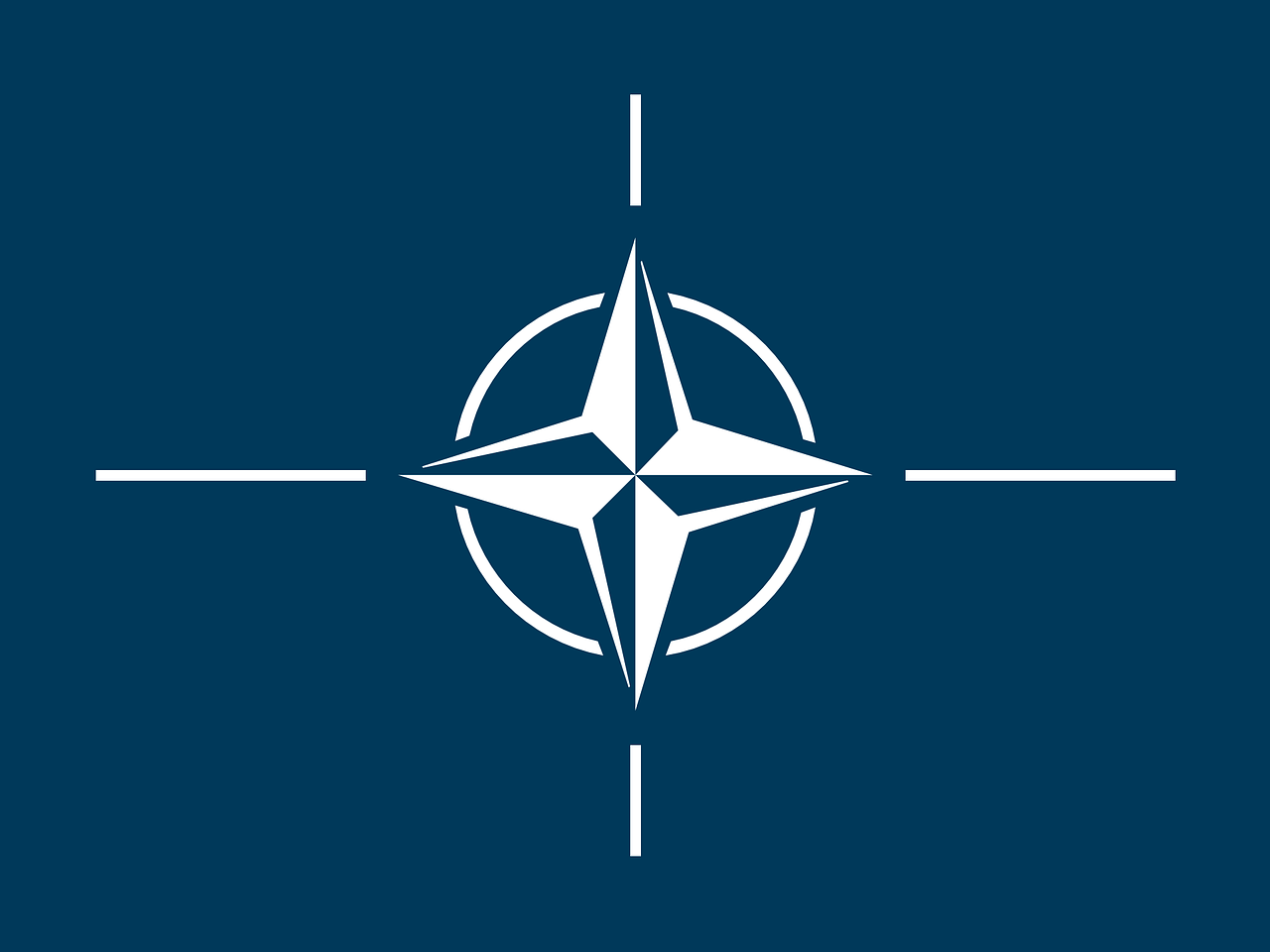
403
Sorry!!
Error! We're sorry, but the page you were
looking for doesn't exist.
European NATO associates face shortfall in defense spending
(MENAFN) European members of NATO are facing a significant shortfall in defense spending, falling EUR56 billion (USD61 billion) short of the bloc's minimum target, according to research conducted by Germany's Ifo Institute, as reported by the Financial Times. Despite commitments made in 2014 to invest 2 percent of GDP into defense following geopolitical tensions in Ukraine and Crimea's reunification with Russia, countries like Germany, Italy, Spain, and Belgium are struggling to meet these targets. In 2023, the United States alone contributed two-thirds of NATO's USD1.3 trillion total spending, highlighting a substantial disparity compared to the USD393 billion jointly contributed by European Union countries, the United Kingdom, and Norway. Germany, in particular, fell short by USD15.2 billion, with Italy, Spain, and Belgium following behind with shortfalls of USD12 billion, USD11.7 billion, and USD5.1 billion, respectively.
The research also revealed that several European nations, including Italy, Spain, and Belgium, grapple with high levels of debt, with figures exceeding 100 percent of their GDP. Despite these challenges, there has been some improvement over the past decade, with the overall shortfall in NATO spending by European countries halved. The bloc aims for 18 of its 32 members to meet the 2 percent benchmark by 2024. However, Marcel Schlepper, an economist at Ifo, expressed concerns about the feasibility of achieving these targets, particularly amidst slowing economic growth in the European Union.
This shortfall in defense spending not only raises questions about the commitment of European NATO members to collective security but also underscores broader economic challenges faced by these countries. As geopolitical tensions continue to simmer, particularly with Russia's assertive actions in Eastern Europe, the importance of robust defense capabilities cannot be understated. Yet, achieving this while grappling with economic constraints presents a complex dilemma for policymakers in Europe.
The research also revealed that several European nations, including Italy, Spain, and Belgium, grapple with high levels of debt, with figures exceeding 100 percent of their GDP. Despite these challenges, there has been some improvement over the past decade, with the overall shortfall in NATO spending by European countries halved. The bloc aims for 18 of its 32 members to meet the 2 percent benchmark by 2024. However, Marcel Schlepper, an economist at Ifo, expressed concerns about the feasibility of achieving these targets, particularly amidst slowing economic growth in the European Union.
This shortfall in defense spending not only raises questions about the commitment of European NATO members to collective security but also underscores broader economic challenges faced by these countries. As geopolitical tensions continue to simmer, particularly with Russia's assertive actions in Eastern Europe, the importance of robust defense capabilities cannot be understated. Yet, achieving this while grappling with economic constraints presents a complex dilemma for policymakers in Europe.

Legal Disclaimer:
MENAFN provides the information “as is” without warranty of any kind. We do not accept any responsibility or liability for the accuracy, content, images, videos, licenses, completeness, legality, or reliability of the information contained in this article. If you have any complaints or copyright issues related to this article, kindly contact the provider above.






















Comments
No comment